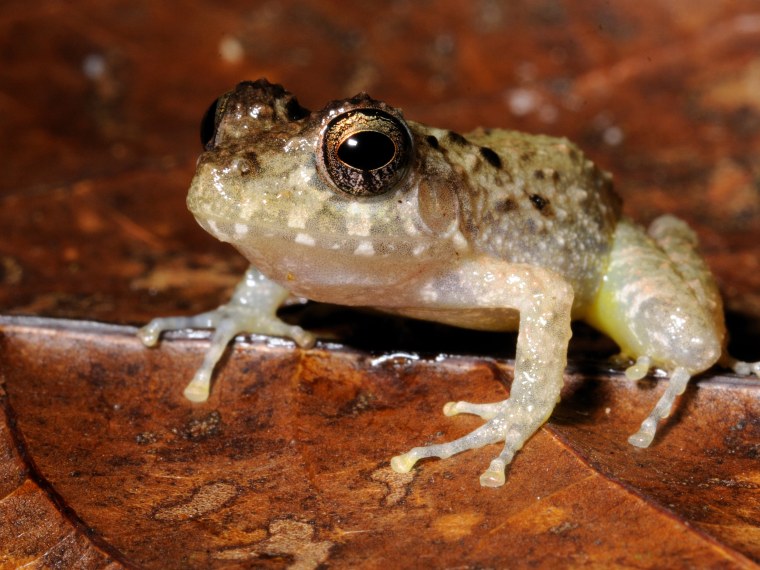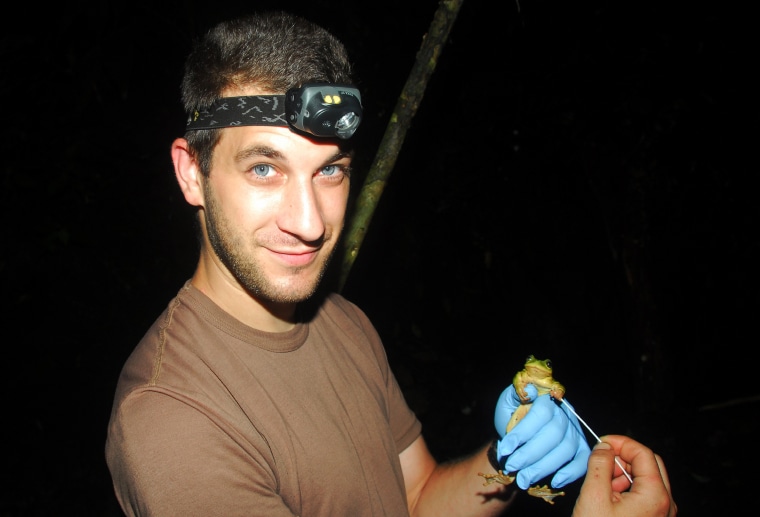Today, I grieve for the extinction of species around the world. But I also remain hopeful that we will turn things around. On May 6, 2019 a Global Assessment released by the Intergovernmental Science-Policy Platform on Biodiversity and Ecosystem Services (IPBES) announced that nearly one million species are at risk of extinction. Human activity is the root cause, as we increasingly exploit the natural world to benefit our species with disregard for nearly all others. We are in a car that is speeding towards the edge of a cliff. But we aren’t passengers — we’re driving. Each of us has a finger on the wheel, and we all must take responsibility for where it goes next.
The immediate blast of headlines shouting that the world is on the brink of catastrophic extinction is not “news” to any of us who have dedicated our lives to conservation.
But the immediate blast of headlines shouting that the world is on the brink of catastrophic extinction is not “news” to any of us who have dedicated our lives to conservation. I’m a frog scientist and for the past decade, I‘ve been studying how the extinction of frogs around the world caused by emerging diseases has already signaled the beginning of the world’s sixth mass extinction.
For years, I’ve tried to sound this alarm around the world, while many of my colleagues have been tirelessly doing the same in response to the global loss of rainforests and the bleaching of coral reefs.
Looking around me, however, I’m doubtful that our messages and calls to action are resonating with enough people, in the right way, to bring about the immediate changes needed to slow the rate of environmental collapse. How can we better reach people who no longer live close to nature and don’t feel a sharp sense of loss when they hear the word extinction?
In my life, extinction is stronger than a just a word or a concept; It is something much more tangible. Since 2006, I’ve spent my summers in Cusuco National Park in Honduras, helping to save frogs from extinction caused by chytrid fungus. Most people imagine a vast green endless wilderness when they hear the word “rainforest” but Cusuco is small. It’s perched on top of a mountain, often hidden in a cloud, and you can hike across it in just one day. It’s surrounded by land where the forest has been completely cut down to make more space for farming.
A couple years after I started my frog project, the illegal deforestation started. Now, every time I return to check how the frogs are doing, multiple football field–sized chunks of the forest have been replaced by a gut-wrenching graveyard of trees violently ripped from the earth and left to rot to make room for more agriculture.
The first time my team unexpectedly walked into this wounded landscape, words were drowned by tears. Slowly it became the norm. Once, I had to hike through a portion of the rainforest that had been set ablaze to clear the land even faster, just to reach my study site. And yet, many of the incredible plants and animals who live here and are on the brink of extinction are found nowhere else in the world.
My team recently set up the Honduras Amphibian Rescue & Conservation Center to save the frogs, but now their home is being destroyed and transformed into farmland to feed an ever growing human population, an activity ranked as the number one cause for the global destruction of nature in the IPBES Global Assessment.

Despite this environmental trauma, glimmers of hope still shine. In this same forest, I’ve had the great fortune to rediscover a species previously declared extinct. Mile’s Robber Frog (Craugastor milesi) vanished in the mid 1980’s and was believed to have been one of the early victims of the chytrid pandemic. Nearly 30 years later, in 2008, I got lucky and found one; five years later I found a second.
Although I feel incredibly humbled to rediscover an “extinct” species, it also bestows upon me an overwhelming sense of despair — and responsibility. In my line of work, I can’t think of anything more emotionally challenging than having to declare a species extinct twice.
In my line of work, I can’t think of anything more emotionally challenging than having to declare a species extinct twice.
I wonder how many more people would live differently if they could feel the pain and grief I feel for each species that I watch vanish forever. I was recently blown away by the response to the fire at Notre Dame by private, public and government donors. In just a couple days, nearly one billion dollars had been promised to ensure that repairs would take place as quickly as possible. From the viewpoint of someone fighting to protect the environment, these types of numbers are positively overwhelming.
It proves that we do have the social and financial means to save the planet, if we simply choose to. But so far, we haven’t. Will the IPBES Global Assessment finally provide the missing spark that ignites a global conservation movement? I hope so, and I hope that people respond as if the cathedral of life is burning to the ground around us. Because the survival of our species — and millions of others — now truly depends on it.

